In the complex landscape of healthcare, dental practitioners often find themselves navigating the intricacies of billing medical insurance for dental procedures. Understanding the nuances of this process is crucial for both the financial stability of the dental practice and ensuring patients receive the necessary treatments without undue financial burden. In this comprehensive guide, we’ll delve into the essential steps and considerations to master the art of billing medical insurance for dental services.
The Basics of Medical Insurance for Dental Procedures
Before diving into the billing intricacies, it’s essential to comprehend the basics. Medical insurance for dental procedures primarily revolves around specific scenarios. Procedures necessitated by accidents, trauma, or underlying medical conditions often fall under the purview of medical insurance. Regular dental check-ups and routine procedures are typically covered by dental insurance. Knowing this distinction is the first step in successful billing.
Decoding CDT Codes for Seamless Billing
Central to effective billing is the use of Current Dental Terminology (CDT) codes. These codes serve as a universal language between dental practitioners and insurance providers. Thorough knowledge and accurate application of these codes are imperative for seamless communication and processing of insurance claims. Regular updates on the latest CDT codes are essential to stay abreast of industry changes.
Establishing Medical Necessity: A Key Factor
One of the critical factors in successful billing is establishing the medical necessity of a dental procedure. Insurance providers require clear documentation and justification for why a particular dental intervention is medically necessary. Including detailed notes in patient records and collaborating with medical professionals, if needed, enhances the chances of approval.
Coordinating with Medical Professionals
Collaboration with medical professionals is often underestimated in dental practices. However, fostering relationships with physicians can significantly impact the approval of medical insurance claims. Obtaining supporting documentation from medical experts adds credibility to the necessity of dental procedures, increasing the likelihood of insurance approval.
The Importance of Accurate Patient Information
Accurate and up-to-date patient information is the backbone of successful insurance billing. From verifying insurance coverage to submitting claims, precision is paramount. Regularly updating patient records, insurance details, and demographic information ensures a smooth billing process and minimizes the risk of claim denials.
Navigating Pre-Authorizations and Predeterminations
In certain cases, seeking pre-authorizations or predeterminations from insurance providers is advisable. This proactive approach provides clarity on coverage and potential out-of-pocket costs for both the dental practitioner and the patient. Timely communication with insurers streamlines the process, avoiding surprises and facilitating better financial planning.
Overcoming Common Challenges in Insurance Billing
Insurance billing for dental procedures comes with its set of challenges. From denied claims to delays in reimbursement, practitioners must be equipped to navigate these hurdles. Addressing claim denials promptly, understanding the reasons behind them, and resubmitting with additional documentation when required are essential steps in overcoming obstacles.
The Role of Technology in Streamlining Billing Processes
Embracing technology is a game-changer in the realm of insurance billing. Utilizing advanced practice management software not only enhances efficiency but also reduces the likelihood of errors. Automated systems for claims submission, tracking, and follow-up can significantly expedite the billing process, ensuring a steady cash flow for the dental practice.
Educating Staff for Optimal Billing Practices
A well-informed and trained staff is an asset when it comes to medical insurance billing. Regular training sessions to update the team on industry changes, coding updates, and effective communication strategies with insurance providers contribute to a cohesive approach. A knowledgeable staff plays a pivotal role in minimizing errors and maximizing successful claims.
Conclusion: Mastering the Art of Medical Insurance Billing for Dental Procedures
In conclusion, the effective billing of medical insurance for dental procedures requires a multifaceted approach. From understanding the intricacies of insurance coverage to mastering CDT codes and establishing medical necessity, each step plays a crucial role in the success of the billing process. Embracing collaboration with medical professionals, maintaining accurate patient records, and leveraging technology are key strategies for overcoming challenges. By implementing these practices, dental practitioners can navigate the complexities of insurance billing with finesse, ensuring optimal financial outcomes for both the practice and the patients.


